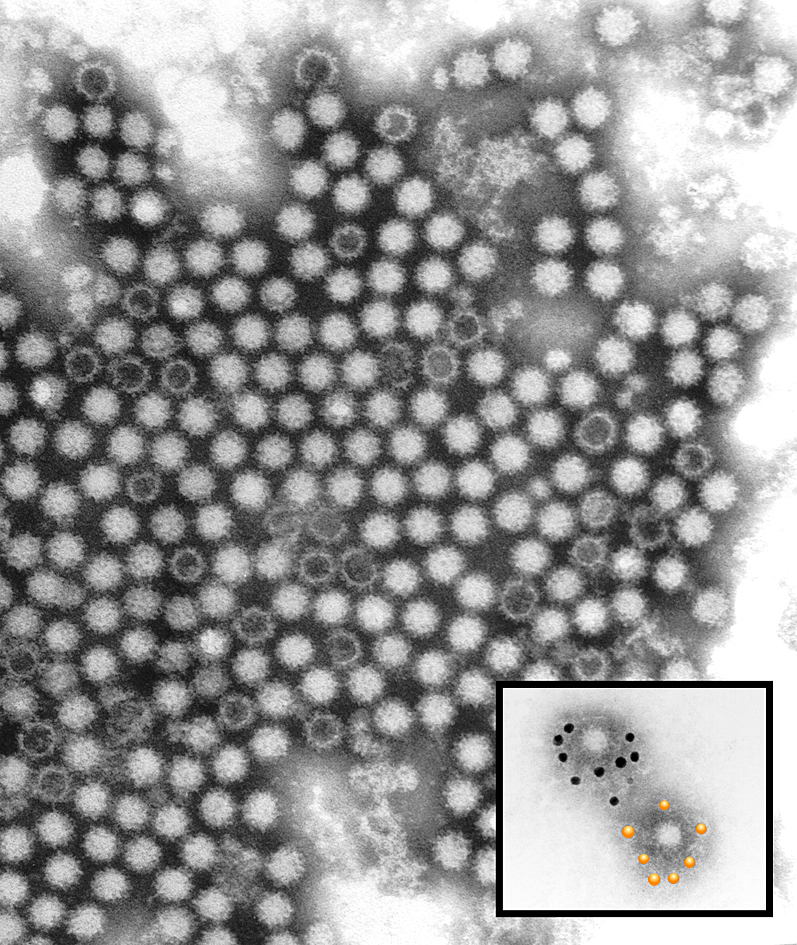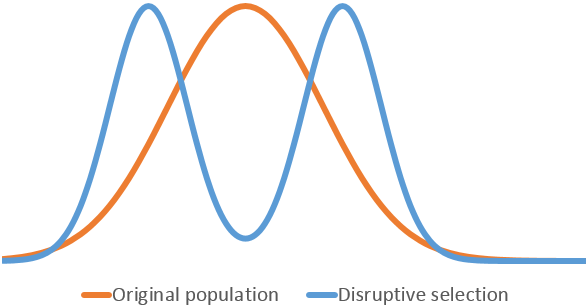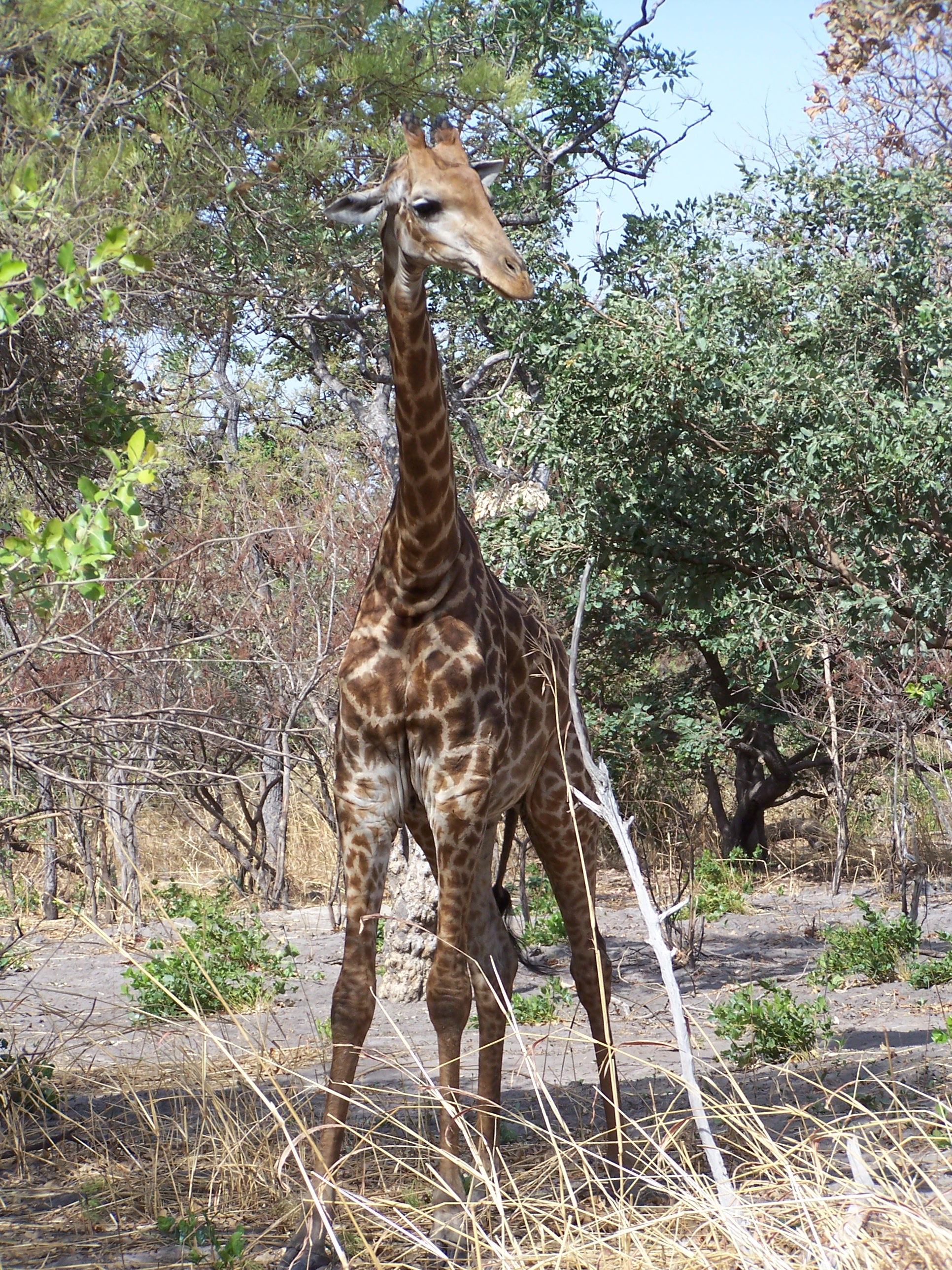|
Iberian lynx
The Iberian lynx (''Lynx pardinus'') is one of the four extant species within ''Lynx'', a genus of medium-sized wild cats. The Iberian lynx is endemic to the Iberian Peninsula in southwestern Europe. It is listed as vulnerable on the IUCN Red List. In the 20th century, the Iberian lynx population had declined because of overhunting, poaching, fragmentation of suitable habitats, and the population decline of its main prey species, the European rabbit (''Oryctolagus cuniculus''), caused by myxomatosis and rabbit haemorrhagic disease. Fossils suggest the species has been present in Iberia since the end of the Early Pleistocene, around one million years ago. By the turn of the 21st century, the Iberian lynx was on the verge of extinction, as only 94 individuals survived in two isolated subpopulations in Andalusia in 2002. Conservation measures have been implemented since then, which included improving habitat, restocking of rabbits, translocating, reintroducing and monitoring I ... [...More Info...] [...Related Items...] OR: [Wikipedia] [Google] [Baidu] |
Early Pleistocene
The Early Pleistocene is an unofficial sub-epoch in the international geologic timescale in chronostratigraphy, being the earliest division of the Pleistocene Epoch within the ongoing Quaternary Period. It is currently estimated to span the time between 2.580 ± 0.005 Ma (million years ago) and 0.773 ± 0.005 Ma. The term Early Pleistocene applies to both the Gelasian Age (to 1.800 ± 0.005 Ma) and the Calabrian Age. While the Gelasian and the Calabrian have officially been defined by the International Union of Geological Sciences (IUGS) to effectively constitute the Early Pleistocene, the succeeding Chibanian and Tarantian ages have yet to be ratified. These proposed ages are unofficially termed the Middle Pleistocene and Late Pleistocene The Late Pleistocene is an unofficial Age (geology), age in the international geologic timescale in chronostratigraphy, also known as Upper Pleistocene from a Stratigraphy, stratigraphic perspective. It is intended to be the fourth div ... [...More Info...] [...Related Items...] OR: [Wikipedia] [Google] [Baidu] |
Rabbit Haemorrhagic Disease
Rabbit hemorrhagic disease (RHD), also known as viral hemorrhagic disease (VHD), is a highly infectious and lethal form of viral hepatitis that affects European rabbits. Some viral strains also affect hares and cottontail rabbits. Mortality rates generally range from 70 to 100 percent. The disease is caused by strains of ''rabbit hemorrhagic disease virus'' (RHDV), a lagovirus in the family ''Caliciviridae''. ''Rabbit hemorrhagic disease virus'' ''Rabbit hemorrhagic disease virus'' (RHDV) is a virus in the genus ''Lagovirus'' and the family ''Caliciviridae''. It is a nonenveloped virus with a diameter around 35–40 nm, icosahedral symmetry, and a linear positive-sense RNA genome of 6.4–8.5 kb. RHDV causes a generalized infection in rabbits that is characterized by liver necrosis, disseminated intravascular coagulation, and rapid death. Division into serotypes has been defined by a lack of cross-neutralization using specific antisera. Rabbit lagoviruses also include rel ... [...More Info...] [...Related Items...] OR: [Wikipedia] [Google] [Baidu] |
Eurasian Lynx
The Eurasian lynx (''Lynx lynx'') is a medium-sized wild cat widely distributed from Northern, Central and Eastern Europe to Central Asia and Siberia, the Tibetan Plateau and the Himalayas. It inhabits temperate and boreal forests up to an elevation of . Despite its wide distribution, it is threatened by habitat loss and fragmentation, poaching and depletion of prey. Taxonomy ''Felis lynx'' was the scientific name used in 1758 by Carl Linnaeus in his work '' Systema Naturae''. In the 19th and 20th centuries, the following Eurasian lynx subspecies were proposed: The following were also proposed, but are not considered valid taxa: *Altai lynx (''L. l. wardi'') *Baikal lynx (''L. l. kozlovi'') *Amur lynx (''L. l. stroganovi'') *Sardinian lynx (''L. l. sardiniae'') Characteristics The Eurasian lynx has a relatively short, reddish or brown coat that is marked with black spots; their number and pattern are highly variable. The underparts, neck and chin are whitish. The ... [...More Info...] [...Related Items...] OR: [Wikipedia] [Google] [Baidu] |
Genetic Divergence
Genetic divergence is the process in which two or more populations of an ancestral species accumulate independent genetic changes (mutations) through time, often leading to reproductive isolation and continued mutation even after the populations have become Reproductive isolation, reproductively isolated for some period of time, as there isn’t genetic exchange anymore. In some cases, subpopulations living in ecologically distinct peripheral environments can exhibit genetic divergence from the remainder of a population, especially where the range of a population is very large (see parapatric speciation). The genetic differences among divergent populations can involve silent mutations (that have no effect on the phenotype) or give rise to significant Morphology (biology), morphological and/or physiology, physiological changes. Genetic divergence will always accompany reproductive isolation, either due to novel adaptations via selection and/or due to genetic drift, and is the principal ... [...More Info...] [...Related Items...] OR: [Wikipedia] [Google] [Baidu] |
Fossil
A fossil (from Classical Latin , ) is any preserved remains, impression, or trace of any once-living thing from a past geological age. Examples include bones, shells, exoskeletons, stone imprints of animals or microbes, objects preserved in amber, hair, petrified wood and DNA remnants. The totality of fossils is known as the ''fossil record''. Paleontology is the study of fossils: their age, method of formation, and evolutionary significance. Specimens are usually considered to be fossils if they are over 10,000 years old. The oldest fossils are around 3.48 billion years old to 4.1 billion years old. Early edition, published online before print. The observation in the 19th century that certain fossils were associated with certain rock strata led to the recognition of a geological timescale and the relative ages of different fossils. The development of radiometric dating techniques in the early 20th century allowed scientists to quantitatively measure the ... [...More Info...] [...Related Items...] OR: [Wikipedia] [Google] [Baidu] |
Tagus
The Tagus ( ; es, Tajo ; pt, Tejo ; see #Name, below) is the longest river in the Iberian Peninsula. The river rises in the Montes Universales near Teruel, in mid-eastern Spain, flows , generally west with two main south-westward sections, to empty into the Atlantic Ocean in Lisbon. Its Tagus Basin, drainage basin covers – exceeded in the peninsula only by the Douro. The river is highly used. Several dams and diversions supply drinking water to key population centres of central Spain and Portugal; dozens of hydroelectric stations create power. Between dams it follows a very constricted course, but after Castle of Almourol, Almourol, Portugal it has a wide alluvium, alluvial valley, floodplain, prone to flooding. Its mouth is a large estuary culminating at the major Port of Lisbon, port, and Portuguese capital, Lisbon. The source is specifically: in political geography, at the Fuente de García in the Frías de Albarracín municipality; in physical geography, within ... [...More Info...] [...Related Items...] OR: [Wikipedia] [Google] [Baidu] |
Scientific Name
In taxonomy, binomial nomenclature ("two-term naming system"), also called nomenclature ("two-name naming system") or binary nomenclature, is a formal system of naming species of living things by giving each a name composed of two parts, both of which use Latin grammatical forms, although they can be based on words from other languages. Such a name is called a binomial name (which may be shortened to just "binomial"), a binomen, name or a scientific name; more informally it is also historically called a Latin name. The first part of the name – the '' generic name'' – identifies the genus to which the species belongs, whereas the second part – the specific name or specific epithet – distinguishes the species within the genus. For example, modern humans belong to the genus ''Homo'' and within this genus to the species ''Homo sapiens''. ''Tyrannosaurus rex'' is likely the most widely known binomial. The ''formal'' introduction of this system of naming species is credit ... [...More Info...] [...Related Items...] OR: [Wikipedia] [Google] [Baidu] |
Lynx Issiodorensis
''Lynx issiodorensis'', sometimes called the Issoire lynx, is an extinct species of lynx that inhabited Europe during the late Pliocene to Pleistocene epochs, and may have originated in Africa during the late Pliocene. It is named after the town of Issoire Issoire (; Auvergnat: ''Issoire'', ''Ussoire'') is a commune in the Puy-de-Dôme department in Auvergne in central France. Geography Issoire is located on the river Couze, near its confluence with the Allier, SSE of Clermont-Ferrand on the ... where the first remains were found. It probably became extinct during the end of the last glacial period. It is generally considered as the ancestor of all four species of lynx alive today. Its skeleton resembled that of living lynxes, but it had shorter and more robust limbs, with a larger head and longer neck. As a result, the Issoire lynx more closely resembled a typical member of the cat family than do its extant descendants. In 1945, another lynx species, ''Lynx shansiu ... [...More Info...] [...Related Items...] OR: [Wikipedia] [Google] [Baidu] |
Monotypic
In biology, a monotypic taxon is a taxonomic group (taxon) that contains only one immediately subordinate taxon. A monotypic species is one that does not include subspecies or smaller, infraspecific taxa. In the case of genera, the term "unispecific" or "monospecific" is sometimes preferred. In botanical nomenclature, a monotypic genus is a genus in the special case where a genus and a single species are simultaneously described. In contrast, an oligotypic taxon contains more than one but only a very few subordinate taxa. Examples Just as the term ''monotypic'' is used to describe a taxon including only one subdivision, the contained taxon can also be referred to as monotypic within the higher-level taxon, e.g. a genus monotypic within a family. Some examples of monotypic groups are: Plants * In the order Amborellales, there is only one family, Amborellaceae and there is only one genus, '' Amborella'', and in this genus there is only one species, namely ''Amborella trichopoda. ... [...More Info...] [...Related Items...] OR: [Wikipedia] [Google] [Baidu] |
The Guardian
''The Guardian'' is a British daily newspaper. It was founded in 1821 as ''The Manchester Guardian'', and changed its name in 1959. Along with its sister papers ''The Observer'' and ''The Guardian Weekly'', ''The Guardian'' is part of the Guardian Media Group, owned by the Scott Trust. The trust was created in 1936 to "secure the financial and editorial independence of ''The Guardian'' in perpetuity and to safeguard the journalistic freedom and liberal values of ''The Guardian'' free from commercial or political interference". The trust was converted into a limited company in 2008, with a constitution written so as to maintain for ''The Guardian'' the same protections as were built into the structure of the Scott Trust by its creators. Profits are reinvested in journalism rather than distributed to owners or shareholders. It is considered a newspaper of record in the UK. The editor-in-chief Katharine Viner succeeded Alan Rusbridger in 2015. Since 2018, the paper's main news ... [...More Info...] [...Related Items...] OR: [Wikipedia] [Google] [Baidu] |
Species Reintroduction
Species reintroduction is the deliberate release of a species into the wild, from captivity or other areas where the organism is capable of survival. The goal of species reintroduction is to establish a healthy, genetically diverse, self-sustaining population to an area where it has been extirpated, or to augment an existing population. Species that may be eligible for reintroduction are typically threatened or endangered in the wild. However, reintroduction of a species can also be for pest control; for example, wolves being reintroduced to a wild area to curb an overpopulation of deer. Because reintroduction may involve returning native species to localities where they had been extirpated, some prefer the term "reestablishment". Humans have been reintroducing species for food and pest control for thousands of years. However, the practice of reintroducing for conservation is much younger, starting in the 20th century. Methods for sourcing individuals There are a variety of appro ... [...More Info...] [...Related Items...] OR: [Wikipedia] [Google] [Baidu] |
Translocation (wildlife Conservation)
Translocation in wildlife conservation is the capture, transport and release or introduction of species, habitats or other ecological material (such as soil) from one location to another. It contrasts with reintroduction, a term which is generally used to denote the introduction into the wild of species from captive stock. The International Union for the Conservation of Nature (IUCN) catalogues translocation projects for threatened species around the globe. Overview Translocation can be an effective management strategy and important topic in conservation biology, but despite their popularity, translocations are a high‐cost endeavor with a history of failures. It may decrease the risk of extinction by increasing the range of a species, augmenting the numbers in a critical population, or establishing new populations. Translocation may also improve the level of biodiversity in the ecosystem. Translocation may be expensive and is often subject to public scrutiny, particularly w ... [...More Info...] [...Related Items...] OR: [Wikipedia] [Google] [Baidu] |
_in_the_collection_of_the_British_museum_(fig._100).png)





.jpg)


